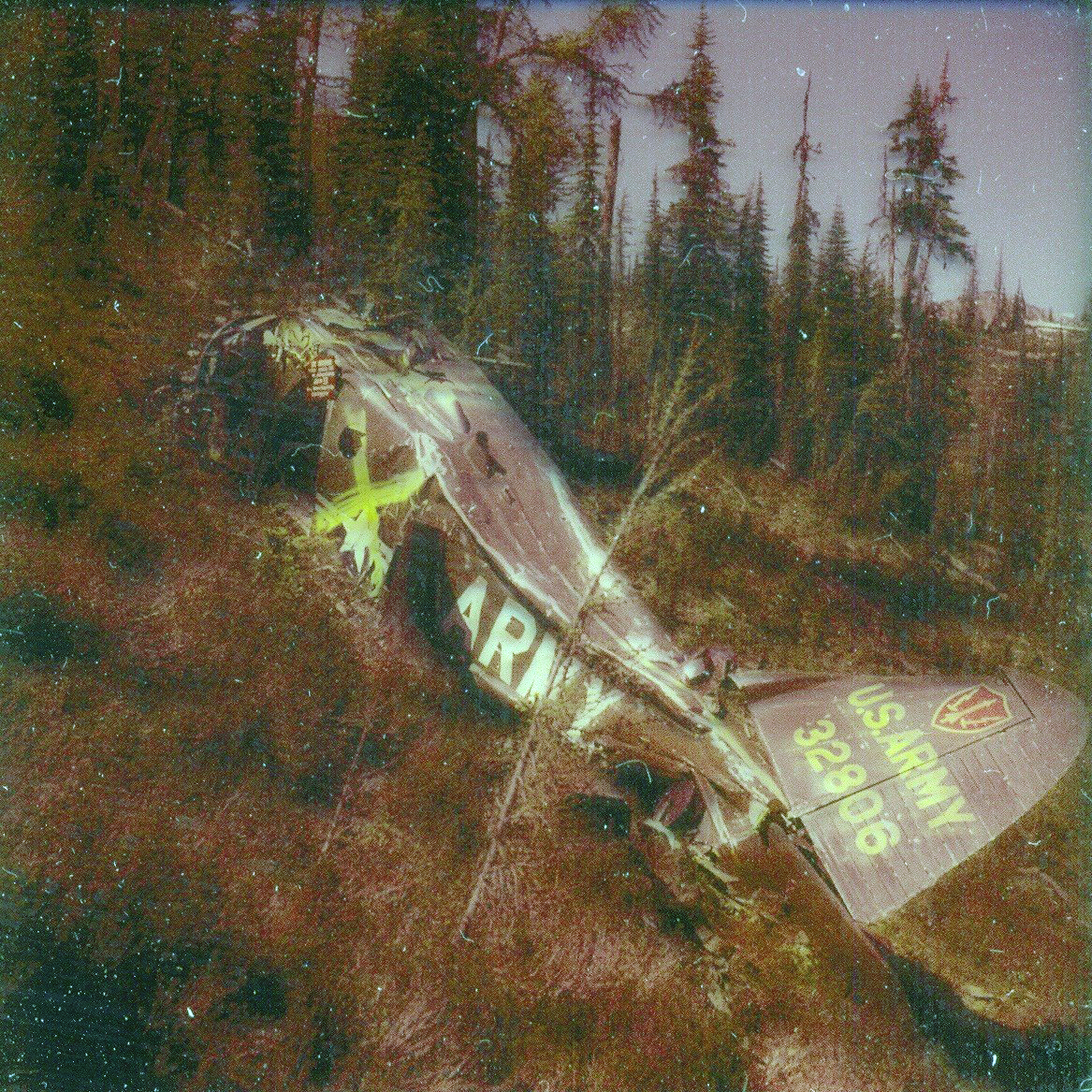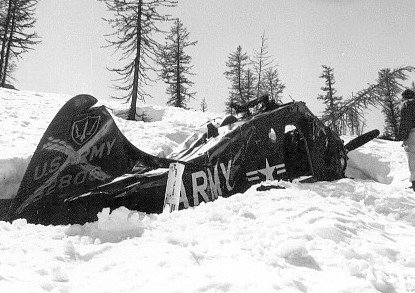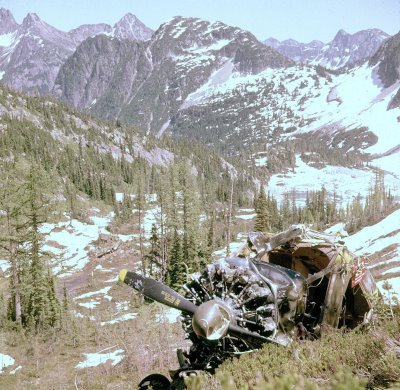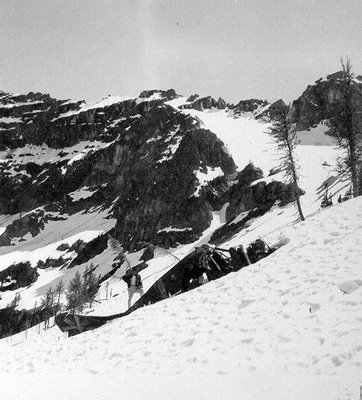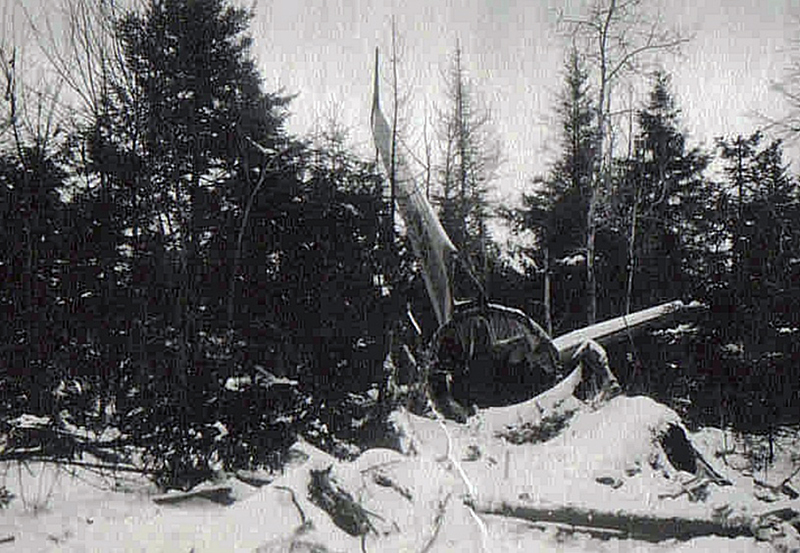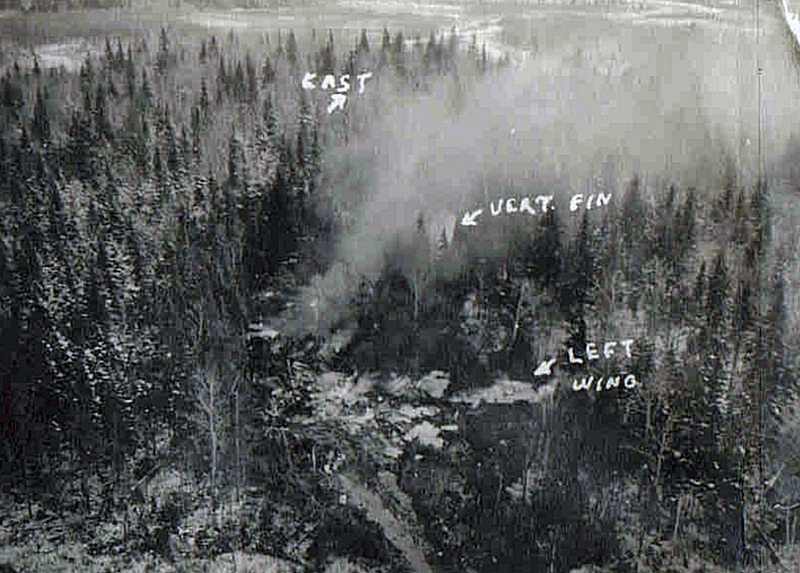Crash of a Beechcraft C18S Expeditor in Kotzebue: 1 killed
Date & Time:
Jan 20, 1959
Registration:
N6674C
Survivors:
No
Schedule:
Kotzebue – Nome
MSN:
8313
YOM:
1945
Crew on board:
1
Crew fatalities:
Pax on board:
0
Pax fatalities:
Other fatalities:
Total fatalities:
1
Circumstances:
The pilot, sole on board, was returning to his base at Nome after having flown passengers to Kotzebue. After takeoff, a fire erupted in the cabin and the pilot elected to return for an emergency landing. While completing a sharp turn at low height, the right wing struck a telephone pole and was sheared off. Out of control, the airplane crashed and burned, killing the pilot. It was reported that cabin gas heater burst into flames after rotation.



